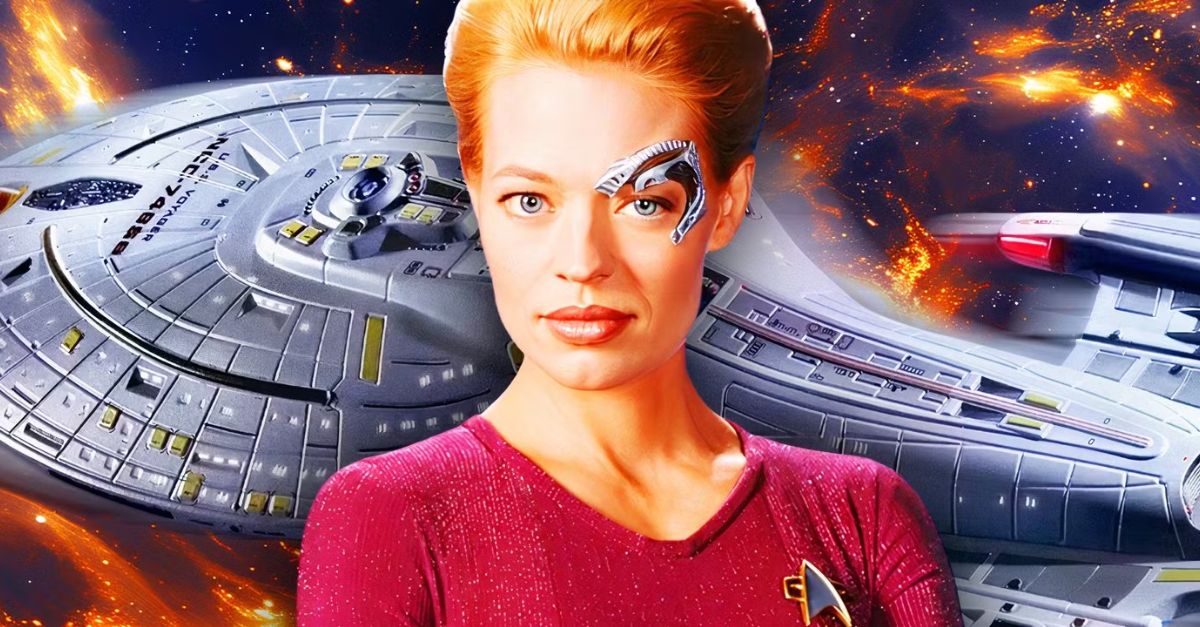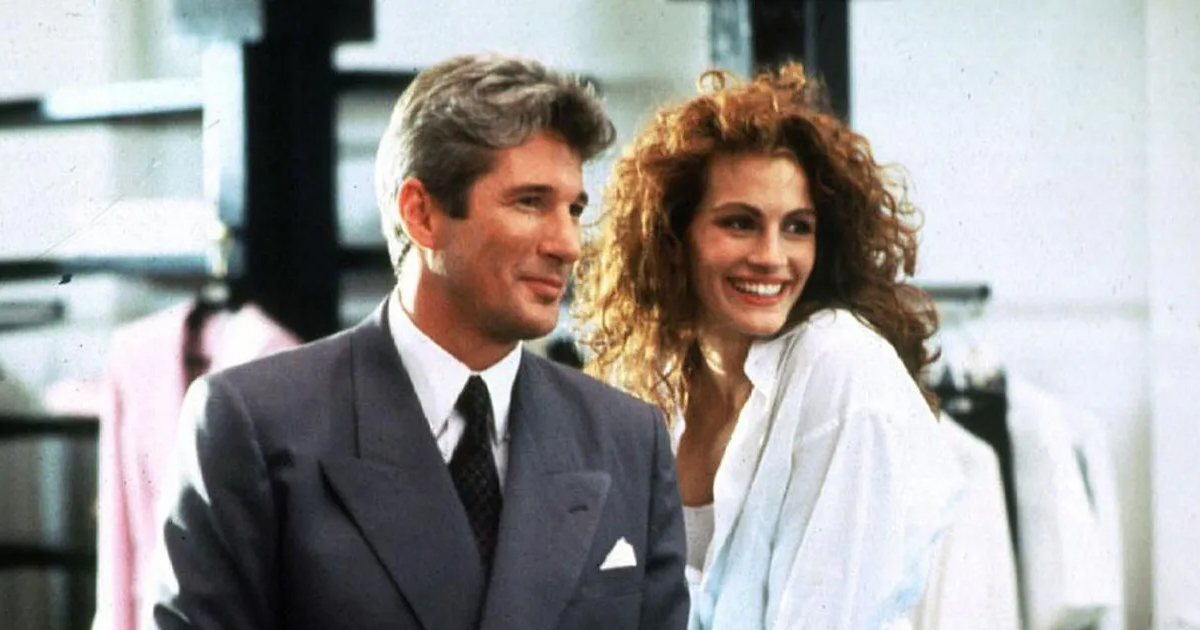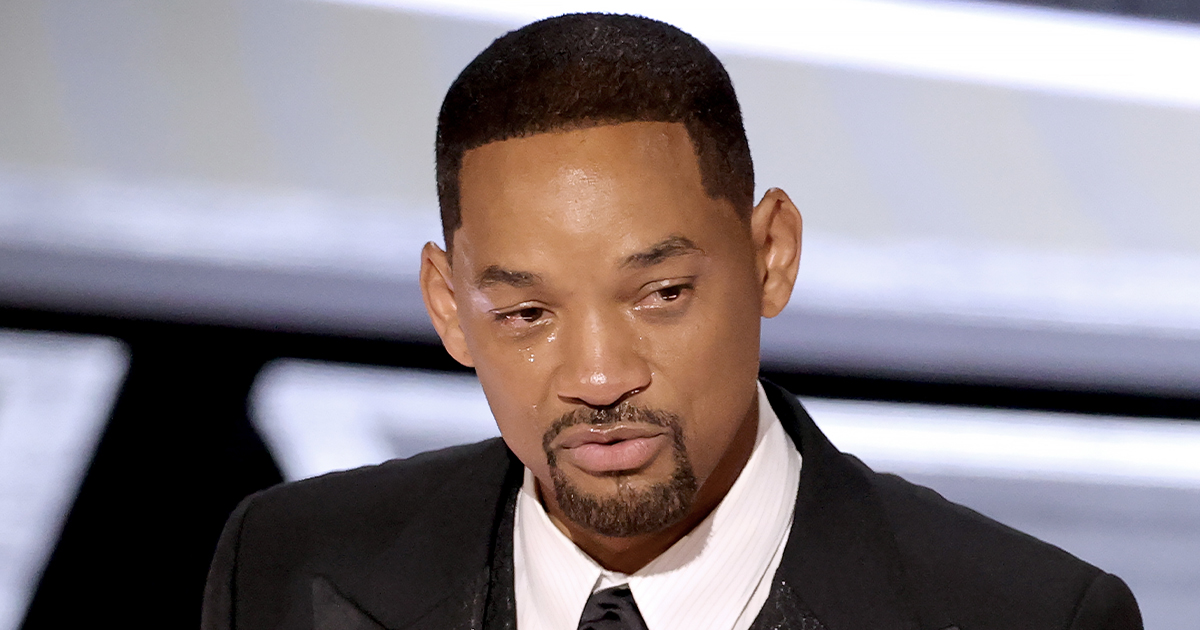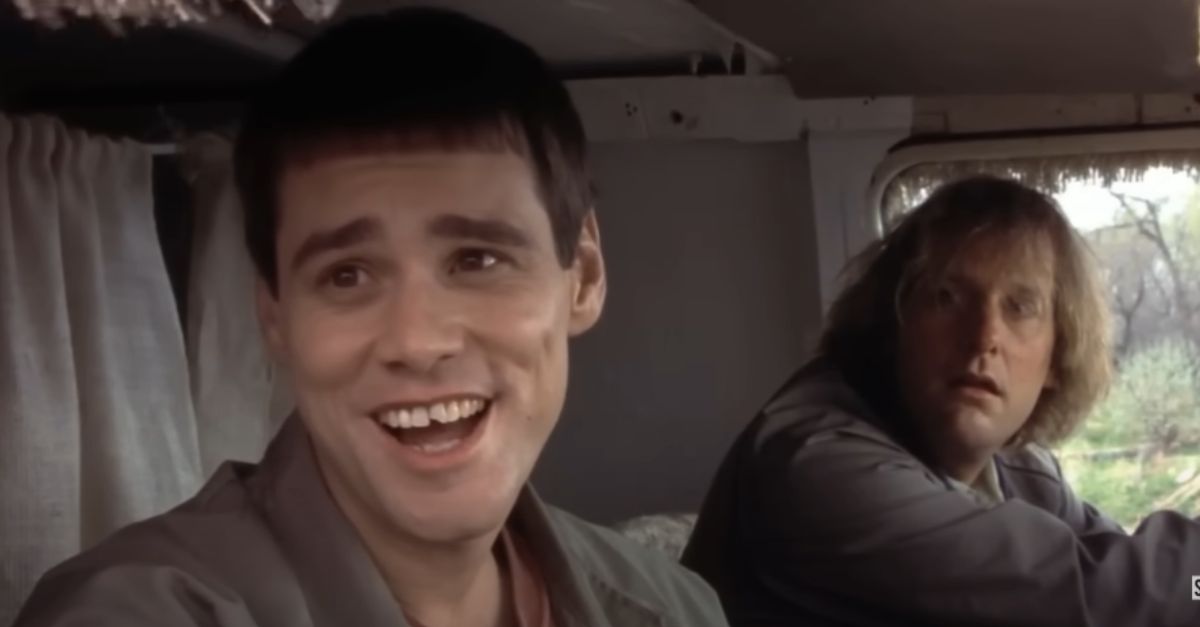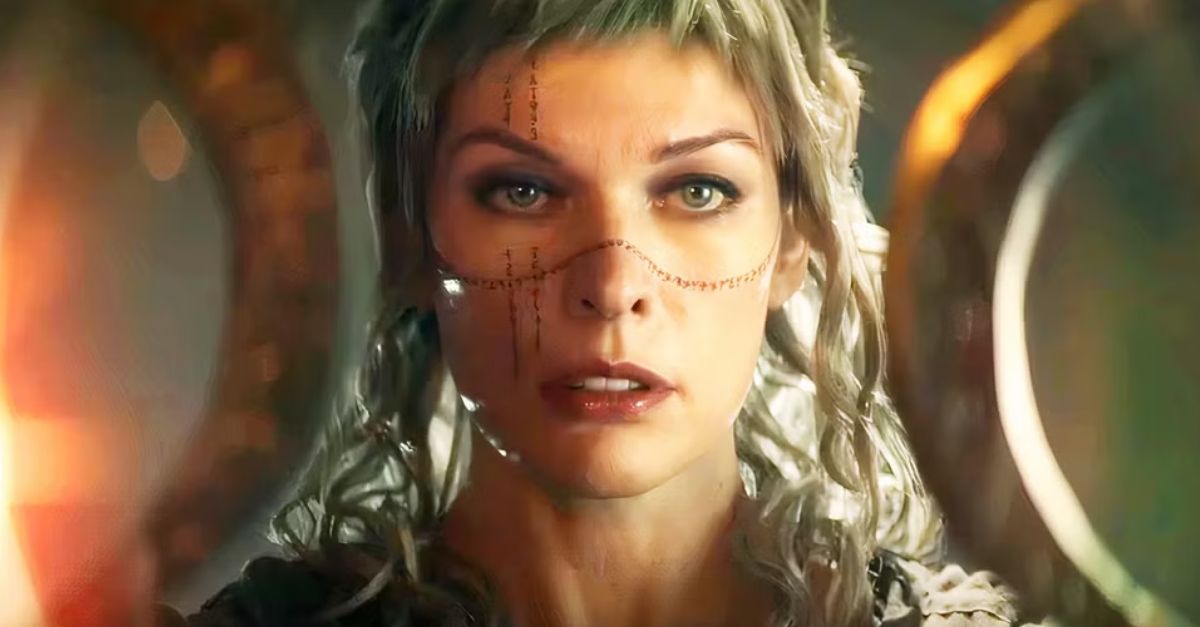Completely Unrecognizable
Every Vulcan eyebrow and Klingon ridge hides a familiar face. Once the lights go out, you might not recognize the person who brought that role alive.

Michael Dorn (Worf)
Beyond his dramatic persona, Michael Dorn's passion for aviation reveals another side of him. Yet it was his willingness to undergo Klingon forehead prosthetics that enabled his remarkable transformation into Worf, whose presence would span an unprecedented 284 episodes across Star Trek: The Next Generation, Deep Space Nine, and Picard.
 Gage Skidmore, CC BY-SA 3.0, Wikimedia Commons and Paramount Pictures, Star Trek (1966–present)
Gage Skidmore, CC BY-SA 3.0, Wikimedia Commons and Paramount Pictures, Star Trek (1966–present)
Doug Jones (Saru)
When a towering alien with hooved feet gracefully stalks across Discovery's bridge, you're watching the magic of Doug Jones as Saru. The veteran creature actor crafted this unique species through meticulous animal movement studies and close collaboration with costume designers, letting his height amplify the otherworldly effect.
 Gage Skidmore, CC BY-SA 3.0, Wikimedia Commons and Paramount Pictures, Star Trek (1966–present)
Gage Skidmore, CC BY-SA 3.0, Wikimedia Commons and Paramount Pictures, Star Trek (1966–present)
Armin Shimerman (Quark)
Dedicating seven seasons to Star Trek: Deep Space Nine's Ferengi bartender Quark was no small feat, especially given the prosthetic makeup that initially left Armin Shimerman questioning his ability to perform effectively. What began as a source of frustration evolved into creative inspiration.
 Super Festivals, CC BY 2.0, Wikimedia Commons and Paramount Pictures, Star Trek (1966–present)
Super Festivals, CC BY 2.0, Wikimedia Commons and Paramount Pictures, Star Trek (1966–present)
Rene Auberjonois (Odo)
Try being a shapeshifter who needs a liquid lunch break every sixteen hours! Rene Auberjonois brilliantly captured Odo's peculiar predicament, deliberately maintaining an "unfinished" humanoid look while morphing into practically anything else. The accomplished voice actor and director particularly enjoyed using his character's outsider status to playfully dissect human foibles.
 Luigi Rosa, CC BY-SA 2.0, Wikimedia Commons and Paramount Pictures, Star Trek (1966–present)
Luigi Rosa, CC BY-SA 2.0, Wikimedia Commons and Paramount Pictures, Star Trek (1966–present)
Mary Chieffo (L'rell)
In a remarkable example of biological synchronicity across species, Mary Chieffo's six-foot height naturally matched the towering stature expected of Klingon warriors. This physical advantage, combined with prosthetic facial applications and specialized dental work, enabled her complete transformation into the commanding Klingon character.
 Gage Skidmore, CC BY-SA 3.0, Wikimedia Commons and Paramount Pictures, Star Trek (1966–present)
Gage Skidmore, CC BY-SA 3.0, Wikimedia Commons and Paramount Pictures, Star Trek (1966–present)
Kenneth Mitchell (Kol)
Kenneth Mitchell's transformation into the Klingon general Kol exemplifies the intensive character development process in Star Trek: Discovery. Through layers of facial prosthetics, specialized contact lenses, and distinctive dental work, Mitchell became the formidable leader of the House of Kor.
 Featureflash Photo Agency, Shutterstock and Paramount Pictures, Star Trek (1966–present)
Featureflash Photo Agency, Shutterstock and Paramount Pictures, Star Trek (1966–present)
Tony Todd (Kurn)
Few actors demonstrate such dramatic range as Tony Todd, who seamlessly shifted between playing Worf's younger Klingon brother Kurn and the human adult Jake Sisko. Todd transformed his voice into a guttural, forceful growl to personify Kurn's warrior heritage in both The Next Generation and Deep Space Nine.
 Super Festivals, CC BY 2.0, Wikimedia Commons and Paramount Pictures, Star Trek (1966–present)
Super Festivals, CC BY 2.0, Wikimedia Commons and Paramount Pictures, Star Trek (1966–present)
James Frain (Sarek)
Those iconic pointy ears and angled eyebrows that define Vulcan aesthetics found their latest canvas in James Frain's transformation into Sarek for Star Trek: Discovery. As Spock's father, Frain boldly ventures where previous Sareks have gone before, but with a distinctly modern twist and deeper emotional depths.
 uncle_shoggoth, CC BY 2.0, Wikimedia Commons and Paramount Pictures, Star Trek (1966–present)
uncle_shoggoth, CC BY 2.0, Wikimedia Commons and Paramount Pictures, Star Trek (1966–present)
Max Grodenchik (Rom)
Even though Max Grodenchik brought other Ferengi to life in Star Trek: The Next Generation, it was his transformation into DS9's Rom that proved most memorable; those signature large ears and exaggerated teeth housing a uniquely kind-hearted, technically brilliant soul.
 Hypertrek, CC BY-SA 3.0, Wikimedia Commons and Paramount Pictures, Star Trek (1966–present)
Hypertrek, CC BY-SA 3.0, Wikimedia Commons and Paramount Pictures, Star Trek (1966–present)
Robert O'reilly (Gowron)
At Star Trek conventions, fans eagerly await the moment Robert O'Reilly unleashes Gowron's infamous "crazy loon eyeball thing," that piercing, wide-eyed stare, a character's trademark across both Next Generation and Deep Space Nine. Though transformed by elaborate Klingon prosthetics, it was O'Reilly's intense gaze that truly captured audiences.
 Lieven L. Litaer, CC BY 3.0, Wikimedia Commons and Paramount Pictures, Star Trek (1966–present)
Lieven L. Litaer, CC BY 3.0, Wikimedia Commons and Paramount Pictures, Star Trek (1966–present)
JG Hertzler (Martok)
From treading the boards in theater to treading the decks of Deep Space Nine, JG Hertzler's dramatic journey took an otherworldly turn when he vanished beneath layers of Klingon prosthetics, including that signature one-eyed scowl. His stage-honed physicality and emotional range transformed perfectly into the warrior Martok.
 JGHSMC, CC BY-SA 4.0, Wikimedia Commons and Paramount Pictures, Star Trek (1966–present)
JGHSMC, CC BY-SA 4.0, Wikimedia Commons and Paramount Pictures, Star Trek (1966–present)
Aron Eisenberg (Nog)
The physical metamorphosis Aron Eisenberg underwent to portray Nog—involving substantial Ferengi prosthetics, enlarged ears, and dental alterations—mirrored the character's profound narrative evolution in Star Trek: Deep Space Nine. His portrayal traced Nog's path from a simple thief to a pioneering Ferengi Starfleet officer.
 Leut, CC BY 3.0, Wikimedia Commons and Paramount Pictures, Star Trek (1966–present)
Leut, CC BY 3.0, Wikimedia Commons and Paramount Pictures, Star Trek (1966–present)
Marc Alaimo (Gul Dukat)
While Marc Alaimo began his Star Trek journey as Badar N'D'D in The Next Generation, it was his transformation into the complex Cardassian antagonist Gul Dukat that proved most memorable. Through extensive prosthetics and makeup, Alaimo crafted a nuanced performance that elevated Dukat into one of the franchise's most multidimensional villains.
 Beth Madison, CC BY 2.0, Wikimedia Commons and Paramount Pictures, Star Trek (1966–present)
Beth Madison, CC BY 2.0, Wikimedia Commons and Paramount Pictures, Star Trek (1966–present)
Casey Biggs (Damar)
Behind the distinctly human features of Casey Biggs lay the complex Cardassian character of Damar, achieved through alien prosthetics. This physical transformation paralleled Damar's dramatic narrative evolution from a one-line character to Cardassian leader and resistance fighter.
 Salvatore Capalbi, CC BY-SA 2.0, Wikimedia Commons and Paramount Pictures, Star Trek (1966–present)
Salvatore Capalbi, CC BY-SA 2.0, Wikimedia Commons and Paramount Pictures, Star Trek (1966–present)
Louise Fletcher (Kai Winn)
After winning an Academy Award for her chilling portrayal of Nurse Ratched, Louise Fletcher tackled another complex antagonist in Star Trek: Deep Space Nine. She masterfully navigated Kai Winn's challenging duality of public sweetness and private ruthlessness, changing herself through elaborate religious costumes, prosthetic nose, and ceremonial headpieces.
 Rob DiCaterino, CC BY 2.0, Wikimedia Commons and Paramount Pictures, Star Trek (1966–present)
Rob DiCaterino, CC BY 2.0, Wikimedia Commons and Paramount Pictures, Star Trek (1966–present)
Jolene Blalock (T'pol)
Before donning T'Pol's iconic Vulcan features, Jolene Blalock built her career as a model and television actress. Her transformation into Enterprise's science officer required extensive prosthetics, from pointed ears to sculpted eyebrows, but it was Blalock's layered performance that elevated T'Pol beyond physical appearance into a significant Star Trek character.
 Jolene Blalock, CC BY-SA 4.0, Wikimedia Commons and Paramount Pictures, Star Trek (1966–present)
Jolene Blalock, CC BY-SA 4.0, Wikimedia Commons and Paramount Pictures, Star Trek (1966–present)
Jeri Ryan (Seven Of Nine)
Who would have guessed that a passionate home chef wielding spatulas in her kitchen would transform into a cybernetic sensation? Jeri Ryan's journey from college pageant performer to theater enthusiast took an extraordinary twist when she donned Seven of Nine's signature Borg implants and mechanical ocular device in Star Trek: Voyager's 1997 season.
 Commander Idham, CC BY 2.0, Wikimedia Commons and Paramount Pictures, Star Trek (1966–present)
Commander Idham, CC BY 2.0, Wikimedia Commons and Paramount Pictures, Star Trek (1966–present)
Brent Spiner (Data)
Through the alchemy of pale makeup and golden contacts, Brent Spiner transformed the mechanical precision of Data into an enduring art form, carrying the android's legacy across multiple Star Trek productions. Beneath this synthetic veneer lies a deeply human performer who voiced his artistic range through seven distinct Trek characters.
 Super Festivals, CC BY 2.0, Wikimedia Commons and Paramount Pictures, Star Trek (1966–present)
Super Festivals, CC BY 2.0, Wikimedia Commons and Paramount Pictures, Star Trek (1966–present)
Leonard Nimoy (Spock)
Like the logical-yet-passionate character he portrayed, Leonard Nimoy contained fascinating dualities. First he was the pragmatic acting teacher in Hollywood who transformed into the pointed-eared Vulcan Spock for Star Trek's 1964 pilot. Second, he was the performer who found another creative outlet through photography.
 CBS Television and NBC Television, Wikimedia Commons
CBS Television and NBC Television, Wikimedia Commons
Zachary Quinto (Spock)
When audiences see Zachary Quinto as the stoic Vulcan science officer in 2009's Star Trek, they witness the perfect Spock. Behind those prosthetic ear tips lies a dramatically different performer: a musical theater enthusiast who first captured attention as the villainous Sylar in Heroes before stepping into the iconic role.
 Gage Skidmore, CC BY-SA 3.0, Wikimedia Commons and Paramount Pictures, Star Trek (1966–present)
Gage Skidmore, CC BY-SA 3.0, Wikimedia Commons and Paramount Pictures, Star Trek (1966–present)
Alice Krige (Borg Queen)
The Borg Queen materialized as a formidable presence when Alice Krige originated the role in 1996's Star Trek: First Contact, undergoing an extensive transformation that bore little resemblance to her natural features. This iconic villain emerged through 4.5-hour makeup sessions combining prosthetics, mechanical headpieces, pale skin, and specialized contact lenses,.
 ian.mcrob, CC BY 2.0, Wikimedia Commons and Paramount Pictures, Star Trek (1966–present)
ian.mcrob, CC BY 2.0, Wikimedia Commons and Paramount Pictures, Star Trek (1966–present)
Susanna Thompson (Borg Queen)
Alice Krige originated the role. Susanna Thompson? She brought her own interpretation to the Borg Queen across three pivotal Voyager episodes: "Dark Frontier" and "Unimatrix Zero". Though unrecognizable beneath prosthetics and costuming, Thompson honored the established character while introducing a uniquely twisted maternal dynamic with Seven of Nine.
 Dominick D, CC BY-SA 2.0, Wikimedia Commons and Paramount Pictures, Star Trek (1966–present)
Dominick D, CC BY-SA 2.0, Wikimedia Commons and Paramount Pictures, Star Trek (1966–present)
Whoopi Goldberg (Guinan)
Imagine possessing mysterious extrasensory powers and a lifespan stretching centuries—not exactly Whoopi Goldberg's usual skill set, but perfect for her role as the enigmatic Guinan. The acclaimed actress traded her everyday attire for elaborate hats and futuristic fashion after being inspired by Nichelle Nichols' Uhura, which showed her that African Americans had a place in science fiction's future.
 dlanger, Wikimedia Commons and Paramount Pictures, Star Trek (1966–present)
dlanger, Wikimedia Commons and Paramount Pictures, Star Trek (1966–present)
Levar Burton (Geordi La Forge)
At a time when disability portrayals often reinforced limitations, Star Trek: The Next Generation boldly challenged perceptions through Geordi La Forge's character. Although actor LeVar Burton has perfect vision, his nuanced portrayal of a blind chief engineer who excelled using the iconic VISOR device demonstrated how adaptive technology can transcend traditional barriers.
 Super Festivals, CC BY 2.0, Wikimedia Commons and Paramount Pictures, Star Trek (1966–present)
Super Festivals, CC BY 2.0, Wikimedia Commons and Paramount Pictures, Star Trek (1966–present)
Christopher Lloyd (Commander Kruge)
Christopher Lloyd's journey to become Commander Kruge began with intensive Klingon language study and theatrical immersion, transforming inwardly before his physical metamorphosis beneath elaborate armor and dark makeup rendered him unrecognizable. This deep character work produced a ruthlessly complex villain who set the standard for future Klingon antagonists in Star Trek III.
 Philip Romano, CC BY-SA 4.0, Wikimedia Commons and Paramount Pictures, Star Trek (1966–present)
Philip Romano, CC BY-SA 4.0, Wikimedia Commons and Paramount Pictures, Star Trek (1966–present)

